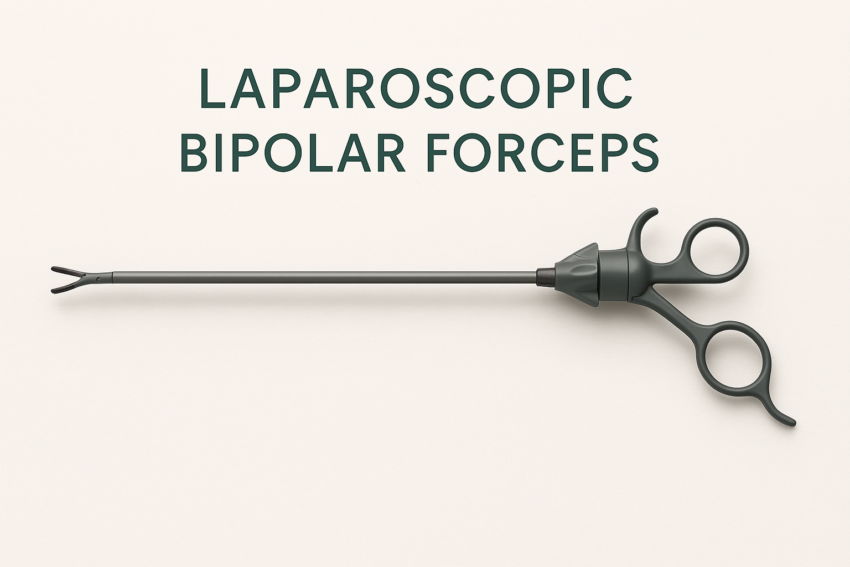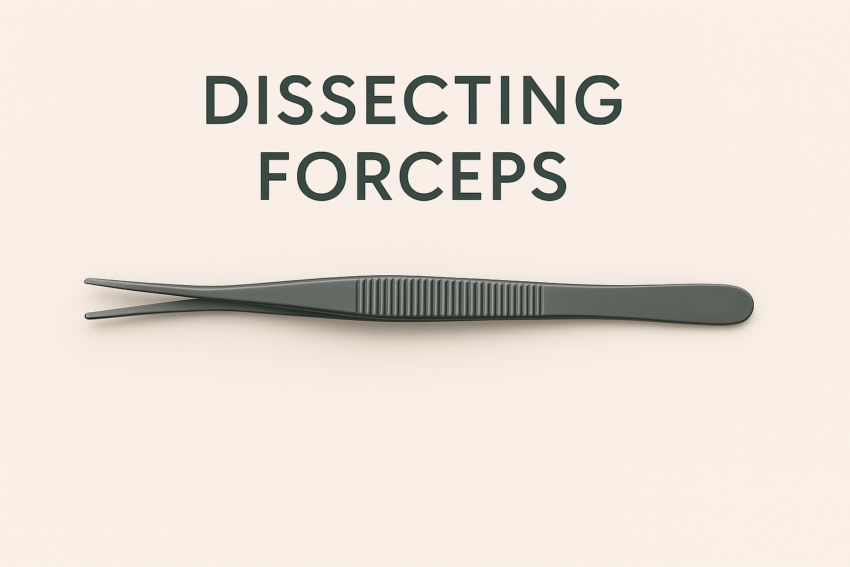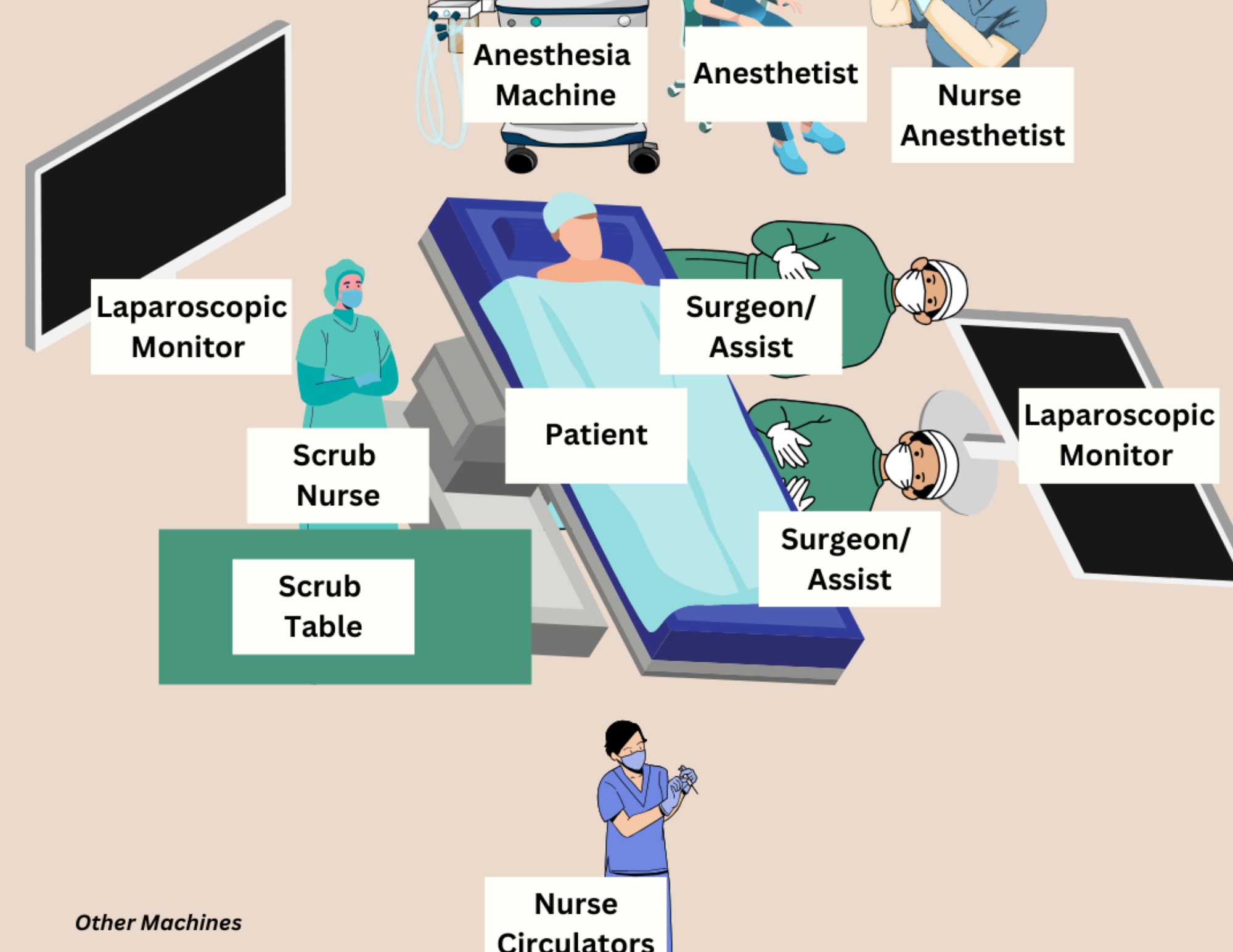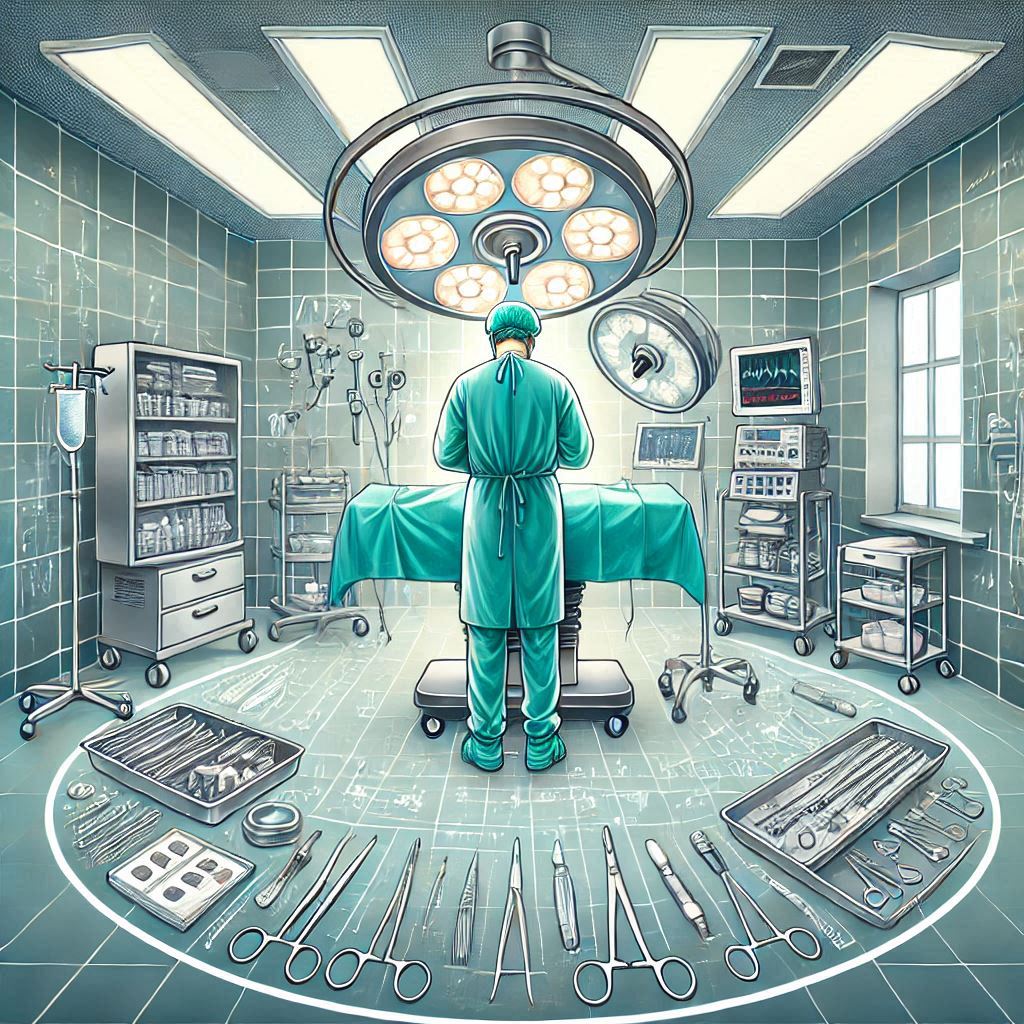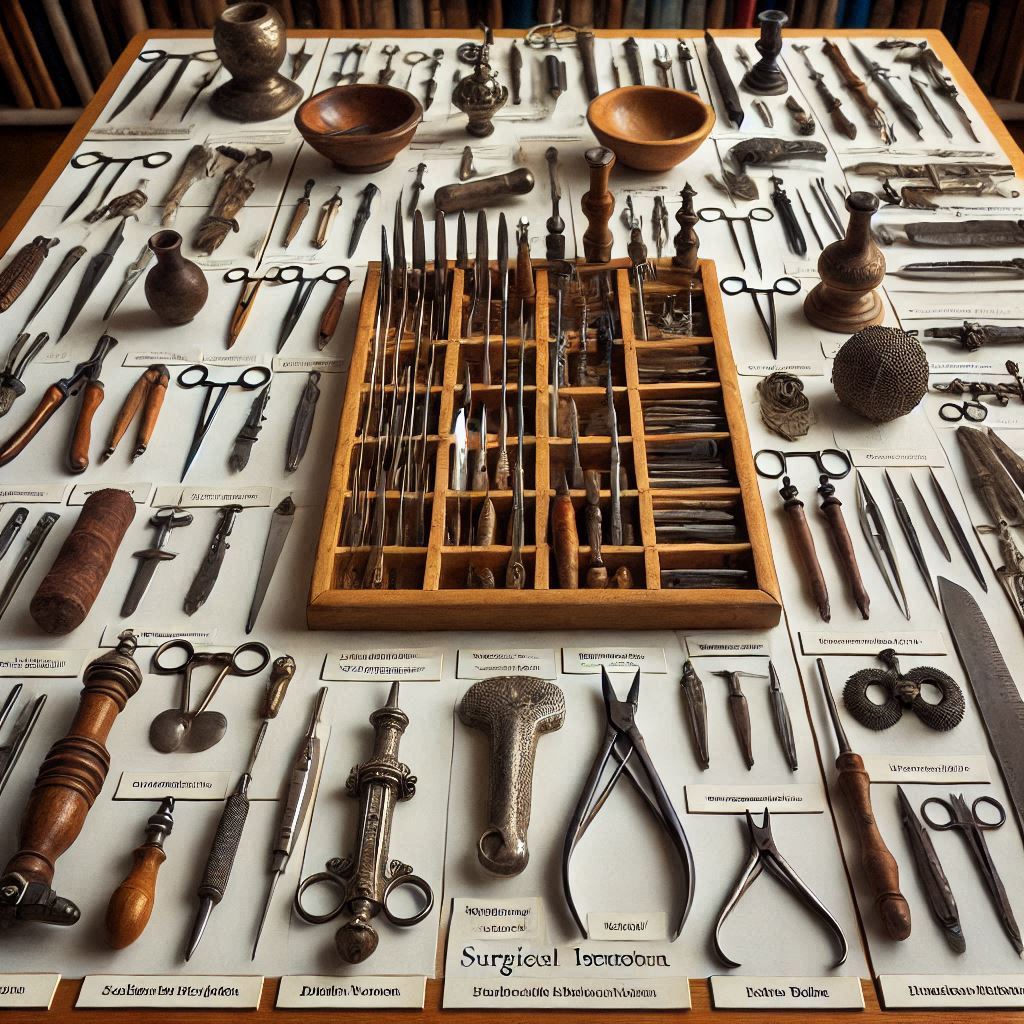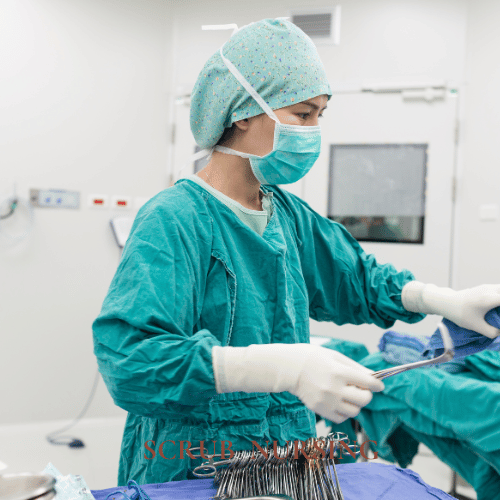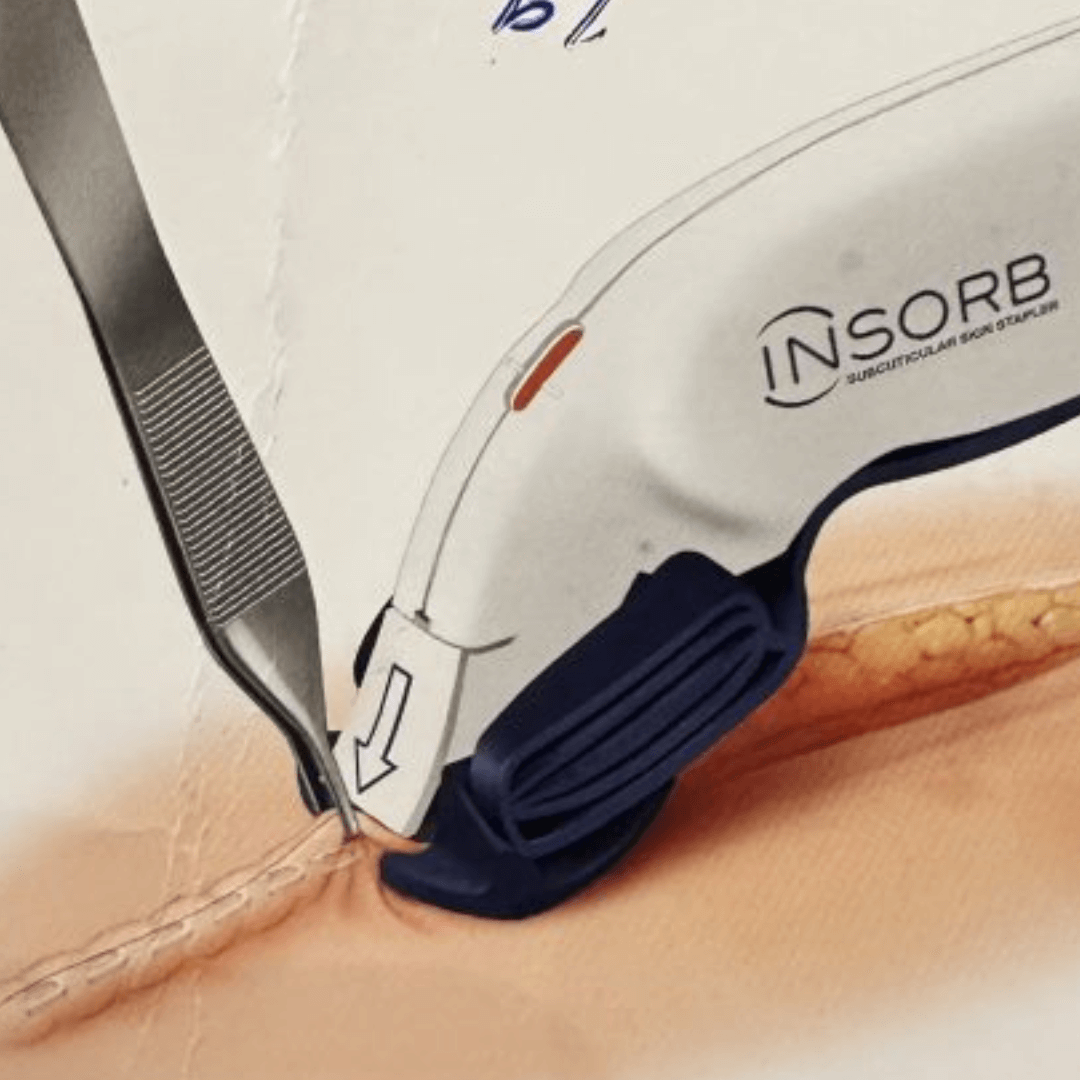Operating room (OR) nurses are an essential part of the surgical team, yet myths about operating room nursing often lead to misconceptions about their role. Many assume OR nurses only pass instruments to surgeons or don’t provide patient care, but the reality is far more complex.
OR nurses are responsible for maintaining sterility, monitoring patients, and responding to emergencies—all while coordinating with the surgical team to ensure procedures run smoothly. Their role requires precision, expertise, and quick decision-making in high-stakes environments.
Tag: #OPERATINGROOM
What Life Lessons Everyone Can Learn from the Operating Room
The operating room (OR) is a space like no other—a high-pressure environment where every moment counts and teamwork is the glue that holds it all together. But the OR isn’t just a place where lives are saved; it’s also a goldmine of life lessons anyone can apply. Whether you’re navigating your 9-to-5 job, juggling family life, or facing challenges head-on, the OR has something to teach us all.
Top 6 Impactful Reasons Disposable Bipolar Instruments Are Essential in Surgeries
Disposable bipolar instruments are super important in modern surgeries, especially those that are minimally invasive. These tools help surgeons cut, coagulate (which means to stop bleeding), and manipulate tissues with great precision. One of the best things about them is that they minimize the risk of heat damage to nearby tissues.
How Do They Work?
Unlike monopolar instruments, which need a grounding pad, bipolar instruments use two electrodes. These electrodes pass electrical curren
Grasping Instrument: Forceps A Comprehensive Overview
Forceps are special tools that look a lot like tweezers, and they’re absolutely essential in any surgery. Surgeons use forceps to grab, hold, and manipulate tissues and other objects during operations. Think of them as the reliable partners that make the intricate work of surgery possible. Whether it’s holding delicate tissues, clamping blood vessels, or assisting in suturing, forceps are indispensable in surgical practice.
Laparoscopic Cholecystectomy: The Essential Study Resource for Medical Students
Laparoscopic Cholecystectomy: The Ultimate Study Resource for Medical Students”
Laparoscopic cholecystectomy, or lap chole, is a minimally invasive surgical procedure used to remove the gallbladder. This guide provides an in-depth look at why lap chole is necessary, the instruments used, and the step-by-step process. Designed as an essential resource for medical students, it covers everything from the benefits and recovery to the potential risks. Dive into this ultimate study resource to enhance your understanding of this common surgical procedure.
The Crucial Role of Sterilization in Surgery: Safeguarding Patient Health and Ensuring Surgical Success
Safeguarding Health Through Sterilization in Surgery Discover the crucial role of sterilization in surgery, an essential process that protects patient health and ensures surgical success. This passionate and educative blog post delves into the importance of maintaining a sterile environment, explores various sterilization techniques, and highlights the profound impact on surgical outcomes. Learn about the evolution of sterilization practices and the unwavering commitment to patient safety in the medical field. Join us in uncovering how sterilization in surgery continues to save lives every day!
The Enchanting History of Surgical Instruments: From Ancient Beginnings to Modern Marvels
The history of surgical instruments is a testament to human ingenuity and the relentless pursuit of medical excellence. From the earliest tools fashioned from stone, bone, and metal by ancient civilizations to the highly sophisticated technologies of the modern era, surgical instruments have undergone a profound transformation. These essential tools have played a pivotal role in advancing medical practice, enabling surgeons to perform increasingly complex and precise procedures. The history of surgical instruments is not merely a tale of technological progress; it is a story of innovation, creativity, and the enduring quest to improve patient care.
The Ultimate Guide to Surgical Instruments for Student Nurses
Ready to dive deep into the world of surgical instruments? Whether you’re just beginning your nursing journey or looking to expand your knowledge, understanding surgical instruments is a fundamental skill that will set you apart in the operating room (OR). These instruments are not just tools—they’re extensions of the surgeon’s hands. And as a nurse, your role in managing them ensures the smooth running of every procedure.
The Quiet Strength of OR Teamwork: Why We Rely on Each Other
Operating room teamwork is the backbone of every successful surgery. In the high-pressure environment of the OR, trust, communication, and collaboration are essential to ensure the best possible outcome for patients. From surgeons to scrub nurses and anesthesiologists, each member plays a critical role in this carefully coordinated effort. Discover how effective OR teamwork not only saves lives but also creates a unified, supportive team where everyone can rely on one another.”
Behind the Scenes: The Role of an Operating Room Nurse
Working as an operating room nurse is intense, fast-paced, and sometimes stressful, but it’s also incredibly rewarding. Every day, I have the opportunity to make a tangible difference in the lives of patients. Whether it’s a routine surgery or a life-saving procedure, the work we do in the OR matters deeply.
Behind the Scenes: Setting Up the OR for Knee Replacement Surgery
Knee Replacement Surgery Operating Room Setup
As we celebrate the remarkable advancements in knee replacement surgery, let’s not forget to acknowledge the unsung heroes behind the scenes—the dedicated nurses who work tirelessly to prepare and support patients on their journey to restored mobility and improved quality of life.
Mastering the Insorb Skin Closure Technique: Step-by-Step Guide
Insorb Skin Closure Technique
The Insorb technique utilizes absorbable subcuticular staples to create a secure and cosmetically pleasing closure within the dermis, the middle layer of the skin.
This method offers faster closure times, improved cosmetic outcomes, and reduced patient discomfort compared to traditional suturing.
Why Choose the Insorb Skin Closure Technique?
Here are some key benefits:
Faster closure times:
Saves operating room time and potentially reduces anesthesia exposure for patients.
Enhanced cosmesis:
Minimal to no surface scars due to subcuticular placement of staples.
Reduced patient discomfort:
No need for post-operative suture removal.


